Are you concerned about the toxic chemicals in your cleaning products?
I know I am.
I hate the thought of all those chemicals in my home, not to mention the fact that many of them don’t work as well as plant-based products anyway.
Essential oils are natural, affordable and highly effective against harmful germs.
They can be used to keep your home and work environment clean and help to keep you and your family healthy.
Recent studies have shown that certain essential oils are more effective at inhibiting dangerous strains of disease causing bacteria, viruses, and fungi than conventional antibiotics.
As more germs become resistant to modern treatment, many people are turning to medicinal plants for their natural antimicrobial benefits.
What is an essential oil?
Simply put, an essential oil is a liquid extracted from a plant either by distillation (using heat) or expression (using pressure).
Plants produce oils to protect themselves from bacteria, viruses, fungi, insects, animals, competing plants as well as to attract pollinators. These oils are responsible for a plant’s aroma and flavor (1).
Plant oils contain the essence of the flower – its scent, natural benefits, and as some believe its spirit. Oils are extracted from different parts of the plant such as the fruit, bark, leaves, stem, roots, and seeds.
Aside from their well-known uses in beauty and aromatherapy applications, essential oils are powerful antimicrobial agents that fight off bacteria, viruses, fungal infections, parasites and insects (2).
Why are essential oils beneficial for cleaning and illness prevention?
Essential oils harvested from aromatic medicinal plants have shown impressive antimicrobial effects against harmful germs such as bacteria, yeasts, viruses, and fungi (3).
Don’t let the pretty flowers and sweet smells fool you.There’s a lot more to essential oils than just soaps and perfumes.
When it comes to stopping the spread of potentially lethal germs, essential oils are much more powerful than you think. Some essential oils are even stronger than modern antibiotics!
These plant derivatives are highly effective at inhibiting the spread of harmful microbes. They can be used throughout home and workplace environments to clean and disinfect. They can also be used in medical applications to treat antimicrobial resistant infections (4).
Unlike conventional cleaners, sanitizing products, and fragrances, essential oils do not contain harsh chemicals or lead to antibiotic resistance.
What do antimicrobial products really do?
When it comes to cleaning, we all just want to keep our family and ourselves healthy and safe from harmful germs, right?
In order to do this, millions of us use antiseptic products on a daily basis including products like: antibacterial soaps and body washes, hand sanitizers, household cleaners, and sprays.
Yet despite their popularity and mass marketing, there is no evidence to suggest that these products actually work at keeping people healthy.
In fact, in most cases, plain old soap and water outperforms all of these fancy “anti” this and “anti” that products.
When used daily, antimicrobial products, particularly topical antiseptic ones that you buy at the local store can even do more harm than good (5).
What are the different kinds of antimicrobial products and what are they used for?
There’s a lot of confusion surrounding the words antibacterial, antiviral, and antimicrobial.
Often these words are used interchangeably despite the fact that they each refer to different things.
Antibacterial
Antibacterial products are used to kill off bacteria. Bacteria are living organisms found just about everywhere in the world, including inside the human body. Not all bacteria are dangerous, and some, such as the bacteria found in your stomach, are necessary for survival. Other bacteria, such as Salmonella cause infectious diseases that can be lead to illness or in extreme cases, death.
Antiviral
Antiviral products are used to kill off viruses. Viruses, despite many popular misconceptions, are much different from bacteria. Viruses aren’t living organisms. Instead, they are disease causing molecules that multiply in the living cells of humans, plants, and animals. Common examples of viruses that are found in the home include: norovirus and influenza (the flu).
Antifungal
Antifungal products are used to kill off fungi. Fungi cause infections such as ringworm, athlete’s foot, thrush (candidiasis), and even more serious conditions such as cryptococcol meningitis which can be lethal. Some fungal infections such as ringworm are extremely contagious and can be contracted from simply touching a surface that has been in contact with an infected person.
Antimicrobial
Antimicrobial products are used to kill off microbes (what we refer collectively as germs). Microbes are considered the tiny living organisms that make you sick, like bacteria or fungi, and depending on who you ask – viruses as well. (Although viruses are super small, they aren’t technically “living” like bacteria are and some microbiologists don’t consider them microbes.) This means that when you buy “antimicrobial” products, they may just be targeting bacteria and not viruses or fungi.
Some of the most common antimicrobial products are antiseptics. Topical antiseptics like soaps and hand sanitizers are found just about everywhere from the home, to the office to clinical settings.
Despite what you might have been led to believe, antimicrobial products don’t always keep you healthy. Studies has found that the hand sanitizers, disinfectant wipes, and antimicrobial soaps found in 75% of American homes aren’t stopping healthy people from getting sick (6).
What’s in antimicrobial products?
The main ingredient in antimicrobial products is Triclosan.
Triclosan is found in everything from soaps, hand sanitizers, body washes, cosmetics, to furniture and kitchen gadgets.
This substance is categorized as an endocrine disrupting chemical. Endocrine disrupting compounds have been linked with reduced fertility, cancers, and other adverse human health effects according to the National Institute of Environmental Health Sciences.
A recent study on triclosan has found that this chemical might also cause reduced immune system function for those who are exposed to it (7).
Ongoing research is currently investigating the risk triclosan might pose to human health such as skin cancer and the development of antibiotic resistance.
There is currently no research to suggest that triclosan provides any additional benefit to germ management when compared to regular soap (8).
What’s the dirtiest place in your home?
Have you ever stopped and wondered where, the dirtiest place in your home is? And hint- it’s not the bathroom…
It’s… the kitchen?!
The kitchen is a breeding ground for germs including coliform bacteria such as Salmonella and E.coli. Coliform bacteria indicate potential fecal contamination and can lead to severe food poisoning and illness.
A 2013 study conducted by the NSF found coliform bacteria on:
- 75% of all dish sponges and rags
- 45% of all kitchen sinks
- 32% of all counter tops
- 18% of all cutting boards
Furthermore, the study identified the dirtiest places in the kitchen as:
- Refrigerator drawers
- Towels and sponges
- Can opener
- Blender
- Kitchen sink and counter tops
These areas, in addition to having coliform bacteria were found to contain many harmful germs such as Listeria, Staph, yeast, and mold. Some of the contaminants detected such as Listeria and Staph are responsible for many hospitalizations and deaths each year.
To put the results of their study bluntly, there is likely more bacteria and fecal contamination on your kitchen counter than there is on your toilet seat. Think about that for a second!
Bathrooms
It’s no surprise that bathrooms contain their fair share of germs. After all, they are a waste disposal site! But can you guess the two most contaminated areas here? And hint… it isn’t the toilet.
The areas in the washroom with the highest concentration of coliform bacteria was toothbrush holders (27%) and bathroom faucet handles (9%) (9).
Yoga mats
Germs love warm, moist, dark environments and what better place to set up shop than a rolled up yoga mat?!
Yoga mats are factories for germs like fungi that cause infections such as athlete’s foot, bacterial infections such as staph, and viral infections such as human papillomavirus (HPV).
Although some yoga mat sprays and cleaners are antibacterial, they don’t kill off viruses and fungi. And even if the mats are sprayed down, the towels provided in many studios are already crawling with germs which are arching to hitch a ride home with you.
Top this off by rolling up a damp mat at the end of class, and you have perfected the recipe to contract some pretty awful infections!
Common causes of illness in the home and office
Bacteria
E.Coli (Escherichia coli)
Although E.coli bacteria are naturally occurring in your digestive tract, some strains can cause serious illnesses such as urinary tract infections, blood infections, diarrhea, respiratory illness, and even death. The most common strain of disease causing E.coli is 0157 (10).
Symptoms: Fever, abdominal pains, diarrhea, nausea, and vomiting
Transmission: Contaminated food, water or contact with infected people and animals
Salmonella (Salmonella enterica and Salmonella bongori)
Salmonella bacteria are responsible for much of the illnesses resulting from contaminated food throughout the world. The bacteria comes into contact with people through consumption or handling of meat, poultry, eggs and dairy (11).
Symptoms: fever, vomiting, abdominal pain
Transmission: Consumption of contaminated meat, poultry, eggs, dairy and other animal products
Staph (Staphylococcus aureus)
Staph has been recognized as one of the most prevalent bacteria known to cause disease in humans. In minor cases, staph infections generally result in abscesses (pus filled sacs) or cellulitis. In more serious cases, it can cause pneumonia, food poisoning, as well as blood and bone joint poisoning (12).
Symptoms: Skin infections such as abscesses and cellulitis, lung and blood infections
Transmission: Contaminated hands and surfaces
Listeria (Listeria monocytogenes)
Listeria bacteria are the cause of dangerous and often lethal listeriosis infections.
Pregnant women are particularly susceptible to listeriosis. The infection is passed through the placenta to the fetus and can cause life-threatening complications. There is a 20% fetal mortality rate for those infected with listeriosis (13).
Symptoms: Fever, diarrhea, headache, fever, confusion, fatigue, muscle aches (pregnant women generally experience flu like symptoms)
Transmission: Contaminated food (foods known to have contained listeria include soft cheeses, unpasteurized milk, smoked seafood, raw sprouts), placental barrier
Viruses
Influenza or flu (virus)
The flu is a highly contagious illness caused by a virus. It is generally spread when an infected person coughs, sneezes, or talks. In these processes, the sick person releases droplets which contain the virus. When a healthy person touches their eyes, nose, or mouth after coming in contact with these droplets (for example touching a table or door handle), they transfer the virus to their body (14).
Symptoms: Fever, cough, sore throat, runny and stuffy nose, headache, fatigue, body aches
Transmission: Contact with droplets released by coughs or sneezes from infected person
Norovirus
Norovirus, also known as Norwalk-like virus is a highly contagious microbe that is easily transmitted through food, water, and contact with an infected person or surface.
This common virus causes irritation and inflammation in the stomach and sometimes also in the intestines. You usually exhibit symptoms within 12-48 hours from initial contact with the virus.
Symptoms: Nausea, vomiting, diarrhea, headache, chills, muscle aches, and abdominal cramps
Transmission: Consuming contaminated foods, person-to-person transmission, contact with contaminated surface
Rhinovirus
Rhinovirus or the common cold affects millions of people in the United States each year. The average adult contracts 2-3 colds and children several more in a 12-month period.
The common cold is spread from contact with an infected person. Bodily fluids such as from coughing or blowing your nose and human waste can transfer the virus.
Contaminated surfaces can also spread rhinovirus. The main prevention for the virus is considered proper hygiene, particularly hand washing. Most people recover from a cold within 7-10 days (15).
Symptoms: Sore throat, runny nose, coughing, headache, and muscle aches
Transmission: Contact with infected person or surface, airborne respiratory particulates, contact with contaminated fecal material, exposure to mucus secretions from infected individual
The best antimicrobial essential oils
1. Tea Tree oil (Melaleuca alternifolia)
Tea tree oil has been used in traditional medicine for over a millennia because of its powerful antiseptic and antibacterial properties.
This powerful oil is made up of terpene hydrocarbons and their alcohols (16). These compounds have been found to be effective at killing off microbes and reducing inflammation.
When diffused into the air, tea tree oil can eliminate harmful bacteria such as Haemophilus influenzae (targets babies and young children), Streptococcus pyogenes (causes illnesses such as strep throat, scarlet fever), and Streptococcus pneumoniae (responsible for illnesses such as ear infections, pneumonia, bronchitis) (17).
Used as a powerful disinfectant for home, office and body, tea tree oil is highly effective at killing off harmful bacteria as well as mold, yeast, various fungi, and viruses.
Where to use: Kitchen, bathroom, general surface cleaner, damp basements, yoga mat, hands, first aid
Active ingredient: Terpinene-1-ol-4
(Note: Tea tree oil should not be consumed orally as it can cause toxicity).
2. Lavender oil (Lavandula officinalis)
Lavender is one of the most popular essential oils in the world. Aside from its numerous uses for beauty, sleep, and aromatherapy, it offers immense healing and sanitation benefits.
Lavender oil is comprised of a combination of linalyl acetate (51%) and linalool (35%). Among its numerous benefits, it’s known to be one of the mildest plant derived essential oils and has a long standing reputation for its use in first aid and wound treatment (18). Lavender is also a powerful antifungal and antibacterial agent.
Lavender oil is good to use in areas prone to mold growth such as basements, bathrooms, and yoga mats. It can be applied directly to surfaces for cleaning purposes, added to soaps for natural antimicrobial benefit, and also be used as a hand sanitizer.
Active ingredients: Linalol and linalyle acetate
Where to use: Bathroom, basements, kitchen, office, general surface disinfectant, yoga mat, natural beauty products, deodorant, soaps, diffuser, first aid, air purification, room spray, topical skin applications (either diluted with a carrier or applied directly)
3. Lemongrass (Cymbopogon citratus)
Lemongrass, even in a small concentration can inhibit powerful antibiotic resistant germs.
The oil has demonstrated its ability to target staph (S. aureus), E.coli, Bacillus cereus (which causes food poisoning and sometimes lethal non-gastrointestinal tract infections (19), Bacillus subtilis, and Klebsiella pneumoniae (antimicrobial resistant superbug that causes illnesses such as pneumonia, meningitis and blood infections) (20).
In a study involving 45 different essential oils, lemongrass ranked second to cinnamon for broadest range of antimicrobial activity (21).
Lemongrass is also antifungal and has been studied for its use in food storage as well as inhibiting diseases transferred through food (22). The main ingredients in lemongrass essential oil are citral, geraniol and myrcene (23).
Active ingredients: Citral, geraniol, myrcene
Where to use: Kitchen, fridge sanitizer, food storage areas and containers, general surface cleaner, toiletries, diffuser, skin application
4. Oregano (Oreganum vulgare)
Oregano oil has been used for thousands of years in natural healing. It has been found to be effective on antibiotic resistant bacteria such as E.coli, Staph and Bacillus cereus (24).
Its primary ingredient, carvacrol, is antimicrobial, anti-inflammatory, antiparasitic, insecticidal, antitumor (25) and an anti-influenza agent and is effective at inhibiting even the notorious pandemic H1N1 virus.
Oil of oregano’s antiviral properties make it an effective sanitizer for surfaces and food to control human norovirus (26) and antibacterial strength for common household germs such as salmonella (27).
Oregano oil can be used widely throughout the home and office. It’s also a useful oil to have on hand for first aid and illness prevention.
Where to use: kitchen, bathroom, sanitizing household and office surfaces, first aid treatment (ringworm, athlete’s foot), oral rinse, foot fungus application
Active ingredient: carvacrol
(Note: Do not diffuse or ingest oregano oil without first discussing with a medical practitioner, especially if you are prone to lung or breathing illnesses. What hasn’t been widely publicized in the health food industry is the potential toxicity associated with oral ingestion of carvacol found in oregano oil, particularly as it affects the lung cells (28).
5. Bergamot (Citrus Bergamia)
Bergamot is a very powerful antimicrobial essential oil that has even been found to both prevent and aid in the treatment of cancer (29).
It has been proven to be more effective than lemon (Citrus limon) and sweet orange (Citrus bergamia) against Listeria, staph, E.coli (O157), Bacillus cereus, and Campylobacter jejuni (common form of food poisoning) (30). Bergamot is also good at inhibiting the spread of salmonella bacteria (31).
Bergamot can be used to clean throughout the home and office. Its pleasant citrus aroma is often used in perfumes, deodorants, beauty products and most famously – Earl Grey tea. Additionally, bergamot oil is used to promote relaxation, relieve anxiety, reduce headaches, prevent infection, and improve moods.
Active ingredients: Linalyl acetate and linalool
Where to use: kitchen, bathroom, sanitizing work and home surfaces, hand wash, deodorant, beauty products, diffuser, first aid ointment, muscle relaxant
6. Cinnamon (Cinnamomum cassia)
In a study of 21 essential oils, cinnamon ranked first in its antibacterial power, greatly outperforming aniseed, eucalyptus, and camphor oils. Even in low concentrations, cinnamon oil is highly effective at inhibiting very strong bacterium strains (including E.coli and staph) (32) and Streptococcus mutans (causes tooth decay) (33).
Because of its potent antimicrobial power, it has been suggested as an alternative antibacterial ingredient for cosmetics, toiletries, and disinfectants used in a hospital setting (34).
Cinnamon oil is highly aromatic. It’s used in perfumes, room sprays, beauty products and culinary applications as well. The powerful antibacterial, antiviral and antiseptic benefits of cinnamon, combined with its warm pleasant scent make it a highly versatile oil.
Active ingredient: Cinnamaldehyde
Where to use: Kitchen, bathroom, sanitizing work and home surfaces, hand cleaner, natural beauty products, diffuser, topical skin applications (diluted 1:1 with a carrier oil)
Take home message
Essential oils such as tea tree, lavender, lemongrass, oregano, bergamot, and particularly cinnamon are extremely powerful antimicrobial agents.
In some cases, these naturally derived oils outperform conventional antibiotics in inhibiting potentially lethal strains of bacteria, viruses and fungi.
Conventional antimicrobial products that use ingredients such as triclosan are known to be toxic and might in fact negatively impact your immune system and lead to reduced fertility and cancer. Regular use of these products can make you more susceptible to disease from chronic exposure.
Essential oils can be used safely in both home and office and offer immense benefits for health, wellness, and disease prevention.
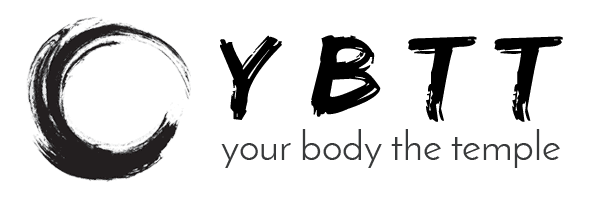
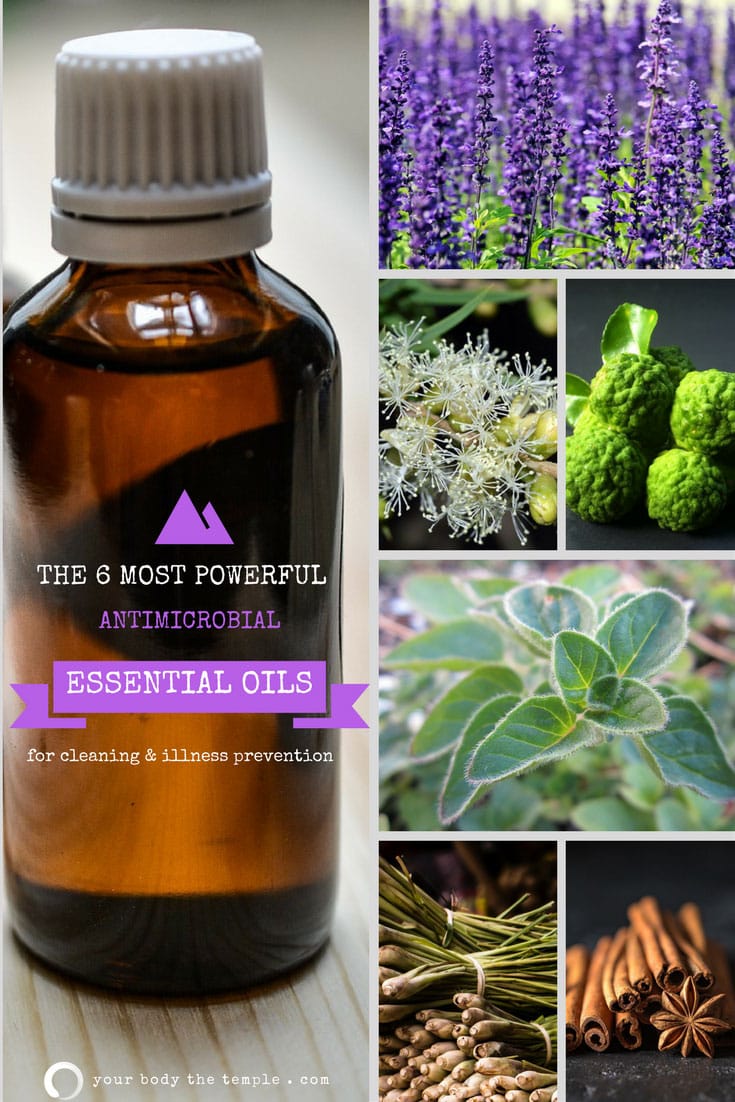
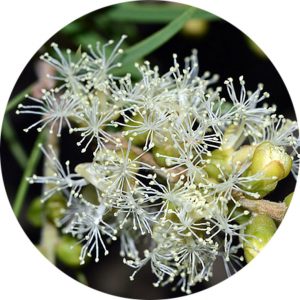
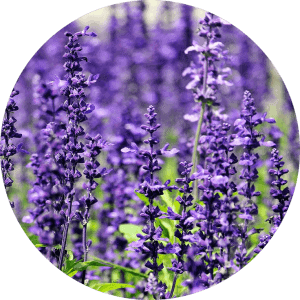

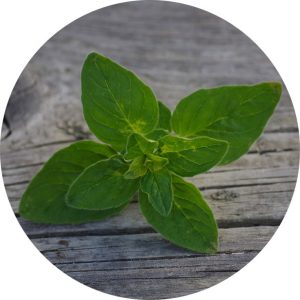
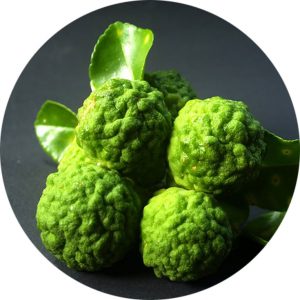

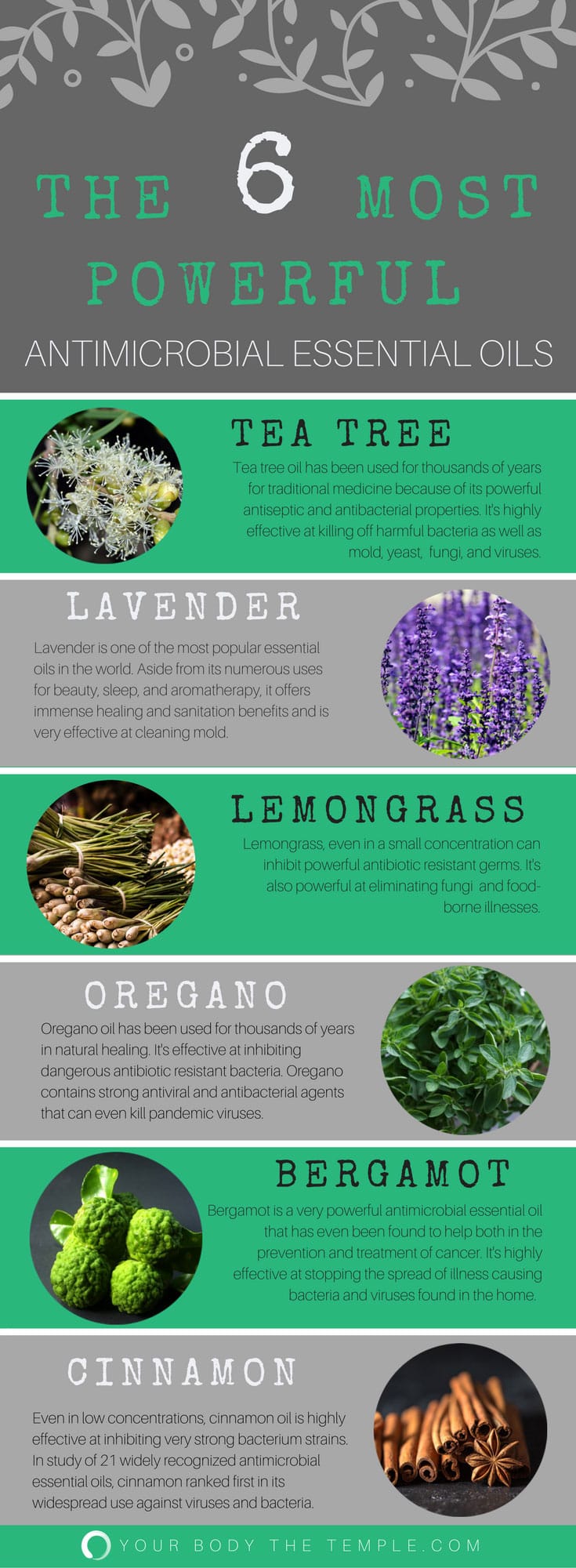
Wow! It’s amazing how powerful these EOs are! I thought they just smelled amazing. Had no clue they were so beneficial for cleaning. Won’t be buying any cleaning agents again!